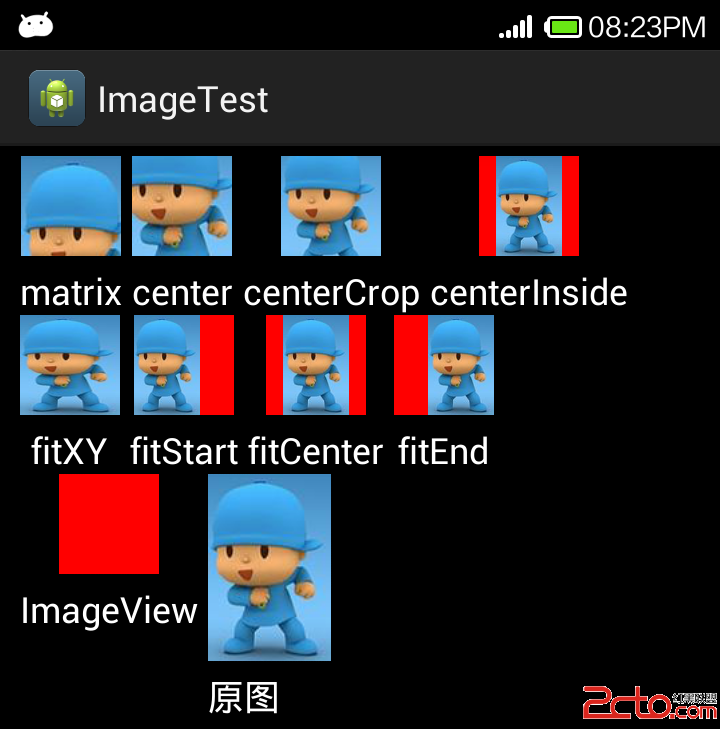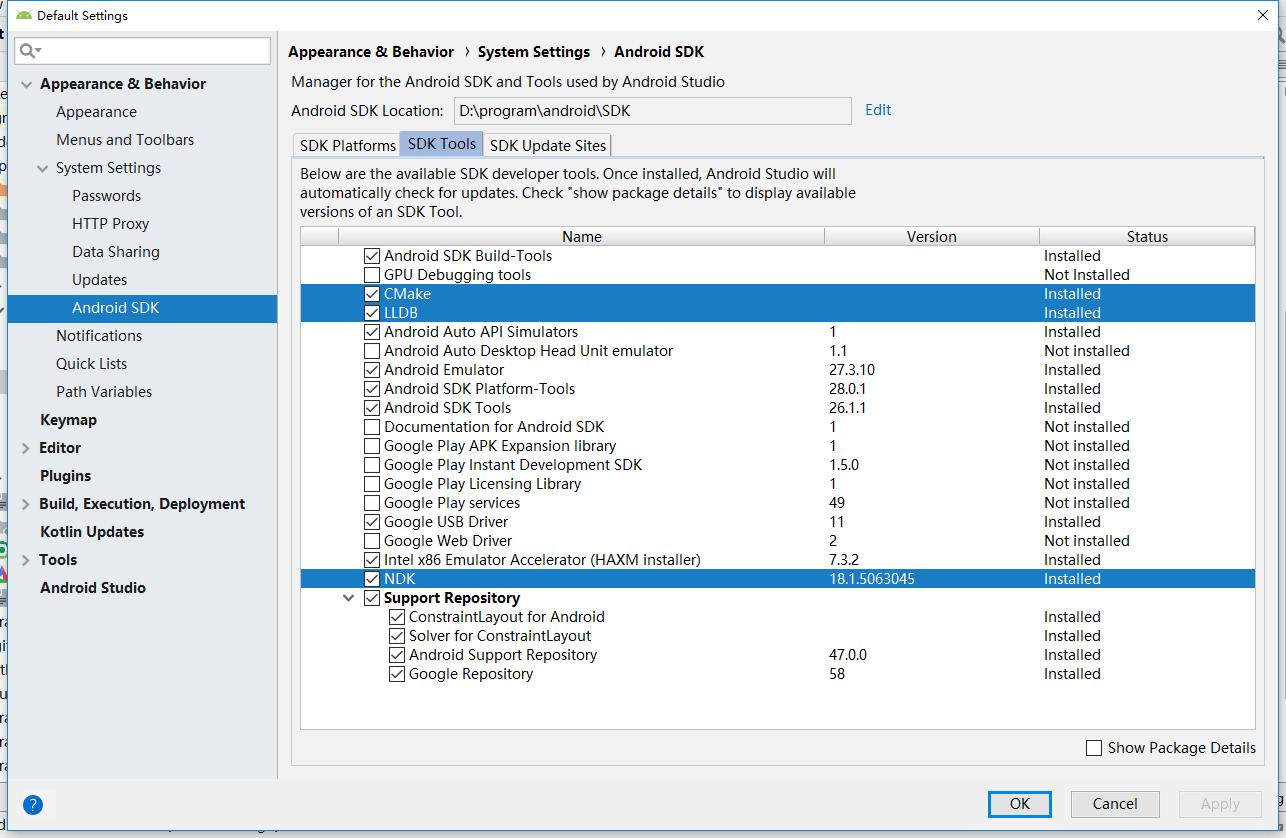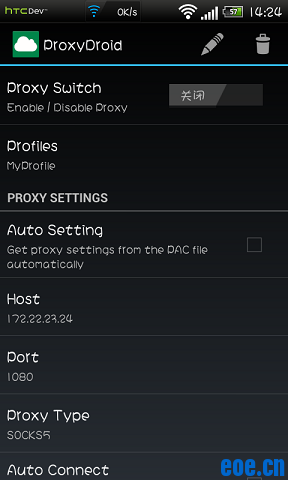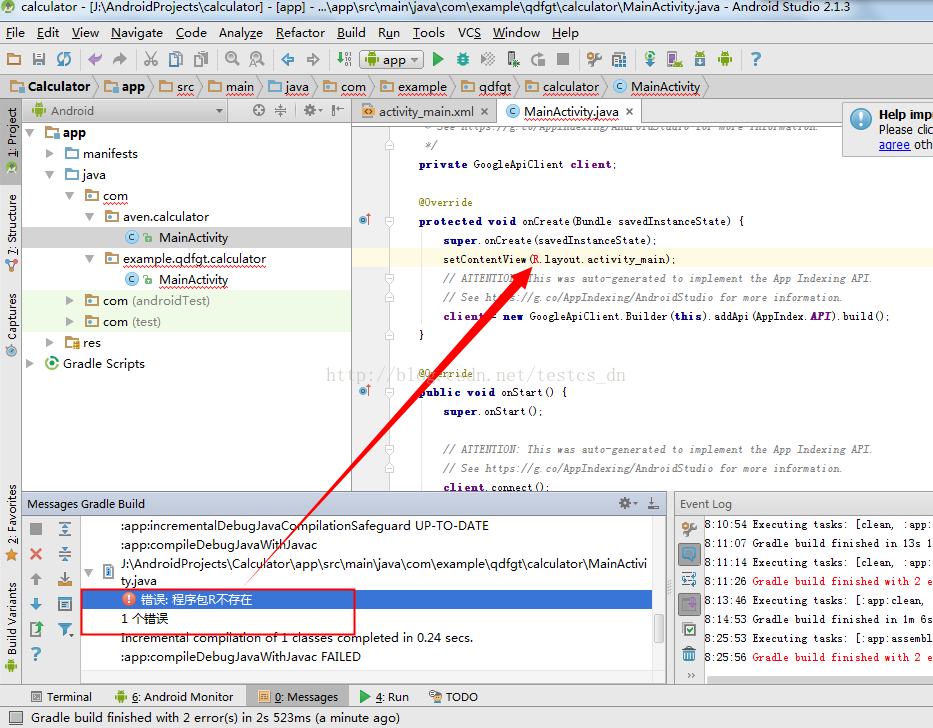我正在编写一个通过wifi连接到telnet服务器的应用程序.我有一个管理套接字连接的服务.一切正常,但是当手机休眠时,它会断开wifi无线电,导致套接字连接中断(并抛出SocketException).
我觉得我应该能够设置一个广播接收器,当wifi网络连接丢失时调用onResume()方法,这将允许我优雅地关闭套接字,并在网络立即重新打开它重新连接.但我在文档或搜索中找不到类似的东西.
服务代码在这里,如果你需要它,感谢您的帮助,我真的很感激!
package com.wingedvictorydesign.LightfactoryRemote;
import java.io.BufferedReader;
import java.io.IOException;
import java.io.InputStream;
import java.io.InputStreamReader;
import java.io.OutputStream;
import java.net.InetSocketAddress;
import java.net.Socket;
import java.net.SocketException;
import java.net.SocketTimeoutException;
import android.app.Notification;
import android.app.NotificationManager;
import android.app.PendingIntent;
import android.app.Service;
import android.content.Intent;
import android.os.IBinder;
import android.os.RemoteCallbackList;
import android.os.RemoteException;
import android.text.Editable;
import android.util.Log;
import android.widget.Toast;
import android.os.Debug;
/**
* @author Max
*/
public class TelnetService extends Service {
private final int DISCONNECTED = 0;
private final int CONNECTED = 1;
// place notifications in the notification bar
NotificationManager mNM;
protected InputStream in;
protected OutputStream out;
protected Socket socket;
// the socket timeout,to prevent blocking if the server connection is lost.
protected final int SO_TIMEOUT = 250;
// holds the incoming stream from socket until it is ready to be read.
BufferedReader inputBuffer;
final RemoteCallbackList<TelnetServiceCallback> mCallbacks =
new RemoteCallbackList<TelnetServiceCallback>();
@Override
public void onCreate() {
super.onCreate();
Log.d("LightfactoryRemote","TelnetService onCreate()");
mNM = (NotificationManager) getSystemService(NOTIFICATION_SERVICE);
}// end onCreate()
@Override
public void onDestroy() {
super.onDestroy();
Log.d("LightfactoryRemote","TelnetService onDestroy()");
// Cancel the persistent notification,if it hasn't been already.
mNM.cancel(R.string.telnet_service_connected);
}// end onDestroy()
@Override
public IBinder onBind(Intent intent) {
Log.d("LightfactoryRemote","TelnetService onBind()");
return mBinder;
}
@Override
public boolean onUnbind(Intent intent) {
super.onUnbind(intent);
Log.d("LightfactoryRemote","TelnetService onUnBind()");
return true;
}
@Override
public void onStart(Intent intent,int startId) {
super.onStart(intent,startId);
Log.d("TelnetService","TelnetService onStart()");
}
private final TelnetServiceInterface.Stub mBinder =
new TelnetServiceInterface.Stub() {
public void registerCallback(TelnetServiceCallback cb) {
if (cb != null) mCallbacks.register(cb);
}
public void unregisterCallback(TelnetServiceCallback cb) {
if (cb != null) mCallbacks.unregister(cb);
}
public String connectToTelnet(String Host,int Port)
throws RemoteException {
// android.os.Debug.waitForDebugger();
String hostInfo = null;
try {
socket = new java.net.Socket();
socket.setSoTimeout(SO_TIMEOUT);
socket.connect(new InetSocketAddress(Host,Port),10000); //setup
// the port with a timeout of 10sec.
out = socket.getOutputStream();
/*
* in is wrapped in a reader,then in a Buffered reader. This is
* supposedly better for performance,and allows us to read a
* line at a time using the readLine() method.
*/
inputBuffer = new BufferedReader(new InputStreamReader(
socket.getInputStream()));
} catch (java.io.IOException e) {
Log.d("TelnetService.java","Connection failed! " + e);
/*
* if the connection fails,return null for serverResponse,* which will be handled appropriately on the client side.
*/
return hostInfo;
}
// now that the command has been sent,read the response.
hostInfo = readBuffer();
Log.d("TelnetService.java",hostInfo);
// notify the user that we are connected
showNotification(CONNECTED,Host,Port);
return hostInfo;
}// end connectToTelnet
/**
* Tests for a currently active connection. Three cases must be
* distinguished. 1. A connection attempt has not been made. Return
* false. 2. A connection attempt has been made,and socket is
* initialized,but no connection is active. isConnected() returns
* false. 3. A connection is active. isConnected() returns true.
*/
public boolean areYouThere() {
if (socket != null) {
boolean connectStatus = socket.isConnected();
return connectStatus;
} else {
return false;
}
}// end areYouThere
public void disconnect() {
try {
if (inputBuffer != null) {
inputBuffer.close();
}
if (socket != null) {
socket.close();
}
} catch (IOException e) {}
// Cancel the persistent notification.
mNM.cancel(R.string.telnet_service_connected);
}// end disconnect()
/**
* send the string to the telnet server,and return the response from
* server If the connection is lost,an IOException results,so return
* null to be handled appropriately on the client-side.
*
* @throws RemoteException
*/
public String sendToTelnet(String toTelnet) throws RemoteException {
if (out == null) {
/*
* if out is still null,no connection has been made. Throw
* RemoteException to be handled on the client side.
*/
throw new RemoteException();
} else {
byte arr[];
arr = (toTelnet + "\r" + "\n").getBytes();
try {
out.write(arr);
// now that the command has been sent,read the response.
String serverResponse = readBuffer();
return serverResponse;
} catch (IOException e) {
/*
* if a connection was made,but then lost,we end up here.
* throw a Remoteexception for handling by the client.
*/
Log.d("TelnetService","IO exception" + e);
disconnect();
throw new RemoteException();
}
}// end else
}// end sendToTelnet
};// end ConnectService.Stub class
public String readBuffer() {
StringBuilder serverResponse = new StringBuilder();
int character;
try {
// keep reading new lines into line until there are none left.
while (inputBuffer.ready()) {
/*
* as each character is read,append it to serverResponse,* throwing away the carriage returns (which read as glyphs),* and the ">" prompt symbols.
*/
character = inputBuffer.read();
if ((character != 13) && (character != 62)) {
serverResponse.append((char) character);
}
}
}// end try
catch (SocketTimeoutException e) {
Log.d("TelnetService read()","SocketTimeoutException");
} catch (IOException e) {
Log.d("TelnetService read()","read() IO exception" + e);
}
return serverResponse.toString();
}
/**
* Show a notification while this service is running.
*/
private void showNotification(int event,String Host,int Port) {
// In this sample,we'll use the same text for the ticker and the
// expanded notification
CharSequence notificationText = "Connected to " + Host + " : " + Port;
// Set the icon,scrolling text and timestamp
Notification notification = new Notification(
R.drawable.notbar_connected,notificationText,System.currentTimeMillis());
// set the notification not to clear when the user hits
// "Clear All Notifications"
notification.flags |= Notification.FLAG_NO_CLEAR;
// The PendingIntent to launch our activity if the user selects this
// notification
PendingIntent contentIntent = PendingIntent.getActivity(this,new Intent(this,LightfactoryRemote.class),0);
// Set the info for the views that show in the notification panel.
notification.setLatestEventInfo(this,getText(R.string.telnet_service_connected),contentIntent);
// Send the notification.
// We use a string id because it is a unique number. We use it later to
// cancel.
mNM.notify(R.string.telnet_service_connected,notification);
}// end showNotification()
} // end TelnetConnection
解决方法
为ConnectivityManager.CONNECTIVITY_ACTION注册BroadcastReceiver.在onReceive处理程序中,您可以调用NetworkInfo info =(NetworkInfo)intent.getParcelableExtra(ConnectivityManager.EXTRA_NETWORK_INFO),然后调用info.getType()并检查ConnectivityManager.TYPE_WIFI并执行您想要的操作.

 ImageView的scaleType的属性有好几种,分别是matrix(默认)...
ImageView的scaleType的属性有好几种,分别是matrix(默认)... 文章浏览阅读8.8k次,点赞9次,收藏20次。本文操作环境:win1...
文章浏览阅读8.8k次,点赞9次,收藏20次。本文操作环境:win1... 文章浏览阅读3.8w次。前言:最近在找Android上的全局代理软件...
文章浏览阅读3.8w次。前言:最近在找Android上的全局代理软件... 文章浏览阅读2.5w次,点赞17次,收藏6次。创建项目后,运行项...
文章浏览阅读2.5w次,点赞17次,收藏6次。创建项目后,运行项...